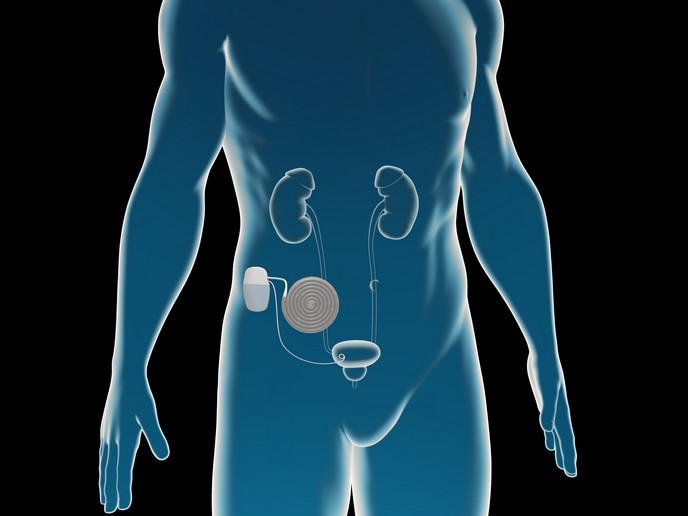Helping tuberculosis patients quit smoking improves treatment outcomes
An EU-funded programme has been focussing on helping tuberculosis (TB) sufferers in South Asia to improve their TB treatment outcomes by stopping smoking. The countries chosen were Bangladesh, Nepal and Pakistan, because they have a high burden of TB and a high incidence of tobacco use. Central to the project was a randomised controlled clinical trial of a nicotine substitute called cytisine, which is extracted from the seeds of the laburnum tree and was supplied by a company in Poland. “Cytisine has been used in Eastern Europe to help healthy people to stop smoking, but it had never previously been tried in South Asia with TB patients,” says Anne Readshaw, Project Manager of TB and Tobacco at the Department of Health Sciences, University of York(opens in new window), England, where the multi-country project was coordinated. “Cytisine is quite cheap and easily available, so it could be a low-cost solution to integrate into tobacco-cessation programmes in low- to middle-income countries,” Readshaw explains. Some 2 388 patients were involved in the trial – 1 388 in Bangladesh and 1 000 in Pakistan. Nepal did not take part in the cytisine trial for regulatory reasons.
Behavioural support included
Alongside the trial, all patients were offered behavioural support to help them stop smoking. “In each of the three countries, we developed an intervention package, which included posters for the clinic and leaflets for patients to take away and a flipbook for smoking cessation advisors to talk about with the patient,” says Readshaw. “It is not easy to give up smoking, it is an addiction and there is low awareness in South Asian countries about how harmful it is. Smoking rates are higher among TB patients than among the general population.” “We wanted to make use of that moment when somebody goes to the clinic and is diagnosed with TB. They suddenly take stock of their health and you can explain that if they stop smoking it would really help them to recover from the disease,” Readshaw adds.
Carefully adapted integrated approach
Readshaw emphasises that the behavioural support package had to be carefully adapted for each country. “We had to ensure not only that it is culturally appropriate and effective, but also that the people administering it can do so in the very short time they have available in the clinic.” Dozens of health workers were trained in the three countries during the project, so that many TB clinics could have at least one specially trained health worker to give smoking cessation advice. While the results of the cytisine trial are not yet published, the project found that when behavioural support was offered as part of TB care, many patients were able to stop smoking. “Offering behavioural support is a cheap and effective approach, which is easy to scale up. It has the potential to make a big overall difference to public health,” Readshaw explains. “We’ve also gained loads of data and information on how to implement something like this successfully, so that it could be applied to any low- or middle-income country setting,” Readshaw says.
Sustainability
Another key legacy of the project has been to integrate smoking cessation advice into national TB control programmes in the three countries. Until now, their TB notification systems have not recorded whether patients were smokers or had been advised to quit, so changing the reporting guidelines to include this is a major development, Readshaw concludes.







